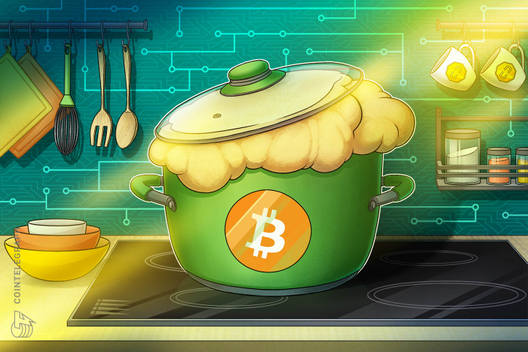International securities regulator International Organization of Securities Commission (IOSCO) suggested that some stablecoin implementations are securities.
In a statement released on Nov. 4, IOSCO informed the public that on Oct. 30 its board met to — among other purposes — discuss stablecoins and the potential application of securities market regulations.
IOSCO’s stablecoin market research
The regulator notes that it studied numerous stablecoins over the course of 2019 and acknowledges their potential benefits for market participants, investors and consumers.
But IOSCO also warns that stablecoins pose potential risks in the areas of consumer protection, market integrity, transparency, conflicts of interest, financial crime and potential systemic risk.
The regulator’s FinTech network — established in May last year to facilitate feedback exchange — also produced an assessment for the board on how IOSCO’s security regulation standards may apply to stablecoins.
But IOSCO says that detailed knowledge of how a given stablecoin operates is required to understand how it can be regulated.
In particular, IOSCO cites the need to determine the rights and obligations the given crypto asset gives to network participants as well as the continuing responsibilities of the investors when trying to establish whether a given crypto asset is a security.
Stablecoins can be securities
IOSCO’s board chair Ashley Alder added that stablecoins can have features typical of regulated securities. According to him, this means that some stablecoin implementations can be regulated as securities:
“This means IOSCO Principles and Standards may apply to stablecoins depending on how they are structured, including those related to disclosure, registration, reporting and liability for sponsors and distributors.”
He also said that stablecoins with potential systemic impact bring serious regulatory and public policy risk. Because of this risk, Alder encourages international collaboration aiming to identify and mitigate risks originating from stablecoins while enjoying their benefits.
He also urges crypto-asset developers to engage with regulators:
“It is important that those seeking to launch stablecoins, particularly proposals with potential global scale, engage openly and constructively with all relevant regulatory bodies where they may be seeking to operate.”
IOSCO’s members regulate over 95% of the world’s securities markets in more than 115 jurisdictions and the organization is recognized as the global securities regulation standard setter.
Tether dwarfs stablcoin competition
As Cointelegraph reported at the end of October, stablecoins are currently seeing increasing adoption with Ethereum-based DAI now being spendable where VISA cards are accepted, leading stablecoin Tether (USDT) seeing increasing use by e-commerce organizations as well as Facebook spearheading the Libra stablecoin project.
According to the stablecoin index provided by cryptocurrency market analysis firm Messari, Tether (USDT) still dwarfs its competitors with a market capitalization that recently hit a record $5 billion.
USD Coin, for example, is a distant second with nearly half a billion dollars in market cap. Nevertheless, the entire stablecoin market has roughly tripled since early 2018 — when Bitcoin price hit its all-time high.









